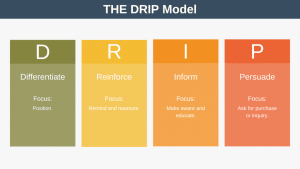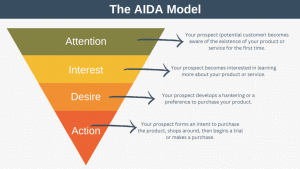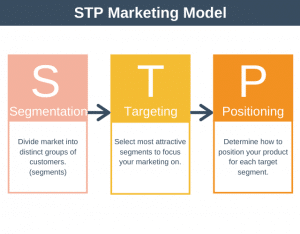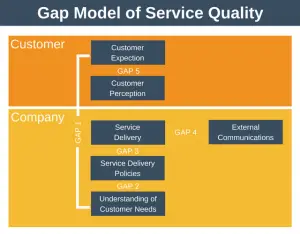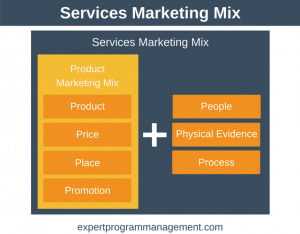In a previous article we looked at the different revenue streams available to a company: assets sale, usage fee, subscription fee, lending, licensing, brokerage fees, and advertising. To help achieve maximum revenues different pricing mechanisms can be applied to each of these revenue streams.
A pricing mechanism is a complex way of describing how buyers are matched to sellers through price. Just as there are two broad categories of revenue streams there are two broad categories of pricing mechanisms:
- Fixed Pricing: here prices are determined in advance of any sales based on zero or more static variables.
- Variable Pricing: also know as dynamic pricing. Here the price of goods or services can change based on market conditions.
Let’s now examine some of the more common pricing mechanisms under each of these two broad categories.
1. Fixed Pricing
1.1 Fixed Pricing
Here prices are fixed an non-negotiable, for example, Apple sells all its products to consumers are fixed prices. You cannot walk into an Apple store and negotiate the price.
1.2 Feature Dependent Pricing
With feature dependent pricing the price changes based on the number of features purchased. For example, purchasing additional premium sports TV channels from a channel provider increases your monthly cost but may bring down your cost per channel.
1.3 Customer Segment Dependent Pricing
Here the cost of goods changes based on the customer segment. For example, Microsoft charges a different price for its Office product for each of the following customer segments: consumer, business, and student. The student pricing is obviously the least expensive, whilst the for-profit business segment is the most expensive. Another example which came to mind whilst using Norton. Norton have different prices and products for individuals, small businesses, and families etc.
1.4 Volume Dependent Pricing
With volume dependent pricing the price changes depending upon how much is purchased. Typically, the more you purchase the cheaper the price per item. For example, many supermarkets have offers along the lines of “buy 2 get a 3rd free”.
2. Variable Pricing
2.1 Bargaining
Bargaining is one of the most ancient ways for humans to conduct an exchange. Here two parties negotiate to achieve an agreed price for the product or service. The price agreed will depend on the relative power and negotiation skills of both parties. The ability to influence is a powerful tool when bargaining.
2.2 Yield Management Pricing
With yield management we aim to anticipate and influence customer behavior in order to maximise revenue and thus profits. The price will fluctuate according to the inventory available and the time of purchase. A good example of yield management pricing is in the sale of hotel rooms, whereby the price is a function of the number of rooms available in the hotel and also how far in advance of the “stay date” the booking is being made. Yield management pricing is also commonly used within the commercial airline industry.
2.3 Real-time-market Pricing
In real-time markets the price will change continuously and there is rarely, if ever, time to get involved in lengthy negotiations. The price will change continuously based on ever changing supply and demand. Stock markets are a classic example of real-time-market pricing.
2.4 Auctions
In auctions the price is determined by the highest bidder for the product or service. In online auctions the bidding period for a particular item will have a fixed deadline, when no further bids can be placed and the winner of the auction becomes known. During the auction all bidders have instant access to see the latest highest bid and can then decide if they wish to increase their bid.
Summary
There are broadly two types of pricing: fixed and variable. Within these two categories of pricing there are many options available to enable an organization to maximize its revenue as described above. If you multiple the pricing mechanisms by the different revenue streams available then its easy to see that there is a huge array of pricing options available for organizations to choose from.
* Image by lalunablanca


